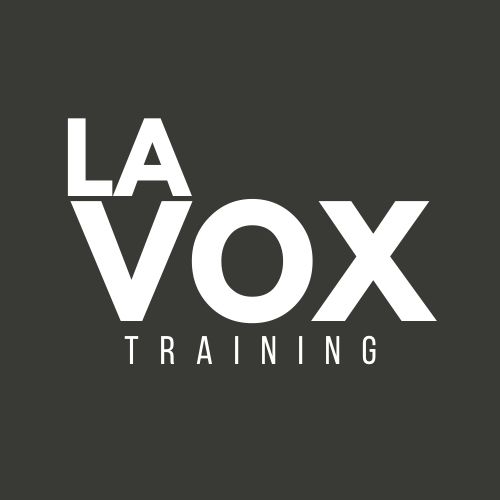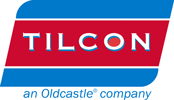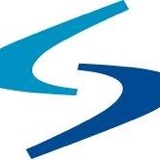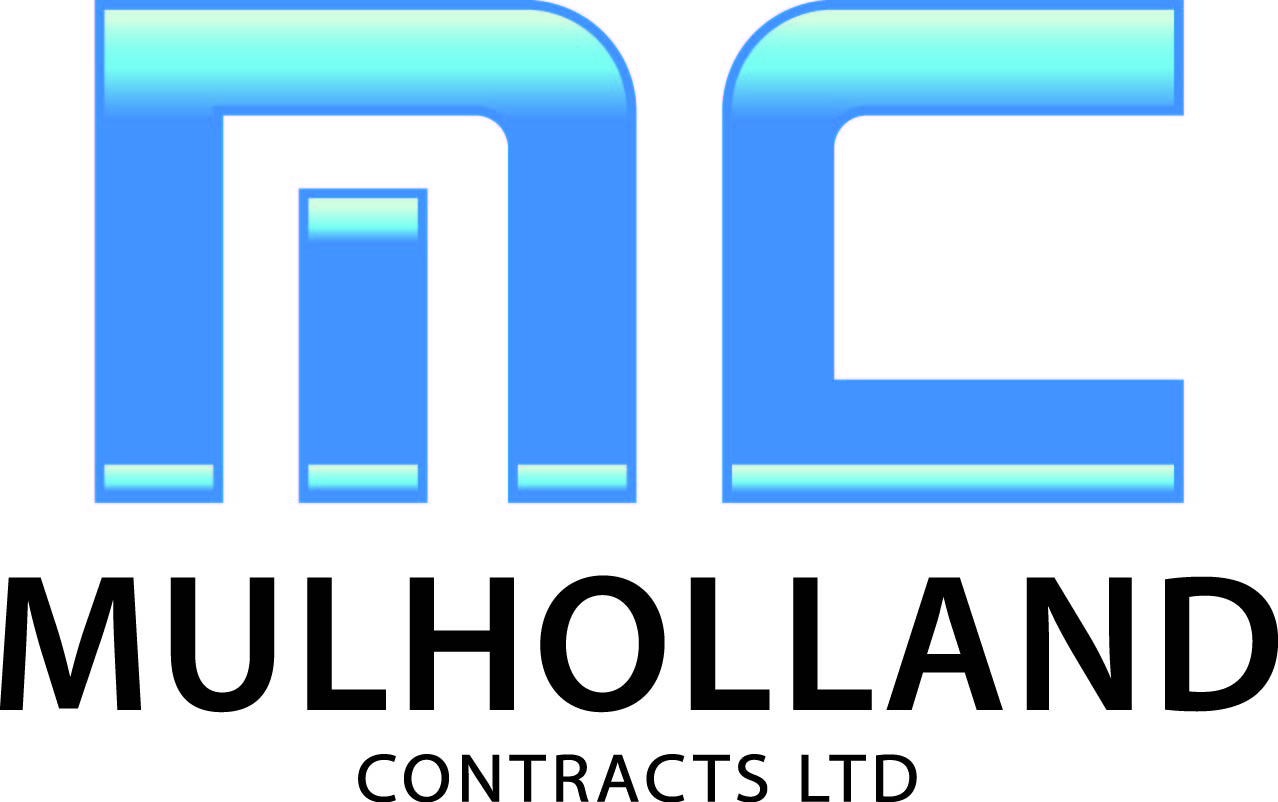Title Page
-
Site conducted
-
Company
-
Supervisor
-
Conducted on
-
Prepared by
-
Location
Material Handling
-
Is there safe clearance for equipment through aisles and doorways? 29 CFR 1910.176(a)
-
Are aisleways designated, permanently marked, and kept clear to allow unhindered passage? 29 CFR
-
Are motorized vehicles and mechanized equipment inspected daily or prior to use? 29 CFR1910.178 (q)(7)
-
Are containers stored, stacked, blocked, and limited in height so they are stable and secure? 29 CFR
-
Are dock boards (bridge plates) used when loading or vehicles and docks?
-
Are trucks and trailers secured from movement during loading and unloading operations? 29 CFR 1910.178(m)(7)
Housekeeping
-
Are work areas clean? 29 CFR 1910.22(a)
-
Is an adequate cleaning schedule maintained to avoid contaminants? 29 CFR 1910.141(a)
Stairs
-
Are stair railings of standard height? (30" - 34" above surface) 29 CFR 1910.23(0)(2)
-
Does every stairway having 4 or more treads have a hand rail? 29 CFR 1910.23(d)
-
Are risers uniform in height and conform to proper height? 29 CFR 1910.24(f)
-
Are all stairways at least 22 inches wide? 29 CFR
-
Are steps on stairs and stairways designed or provided with a surface that renders them slip resistant? 29 CFR 1910.24(f)
-
Where stairs or stairways are present in any area where vehicles may be operated, are adequate barriers and warnings provided to prevent employees from stepping into the path of traffic? 29 CFR 1910.23(c)
-
Where doors or gates open directly on a stairway, is there a platform provided so the swing of the door does not reduce the effective width to less than 20 inches? 29 CFR 1910.23(010)
-
Are stairway handrails capable of withstanding a load of 200 pounds, applied in any direction at any<br>point on the rail? 29 CFR1910.23(e)(5)(iv)
Personal Protective Equipment (PPE)
-
Is foot protection required where risk of foot injuries exist? 29 CFR 1910.132(a); .136(a)
-
Are hard hats provided and worn where danger of falling objects exists? 29 CFR 1910.135(a)(1)
-
Is hearing protection worn as needed?
-
Is hand protection worn as needed? 29 CFR 1910.138(a)(b)
-
Is eye and face protection provided and worn as required.
Exits
-
Are exits properly marked? 29 CFR 1910.37(q)
-
Does lighting in hallways and exit signs conform to government standards? (5 foot-candles). 29 CFR 1910.37(q)(6)
-
Are exits kept free of obstructions? 29 CFR 1910.36(d)(1)
-
Are the directions to exits, when not immediately apparent, marked with visible signs? 29 CFR 1910.37(q)(5)
-
Are areas that could be mistaken for an exit identified by a sign reading "NOT AN EXIT," or similar wording? 29 CFR 1910.37(q) (2)
-
Are doors which are required to serve as exits designed and constructed so that the way of exit travel is obvious and direct? 29 CFR 1910.37(f)(4)
Ladders
-
Do fixed ladders have cages or wells, it required? 29 CFR1910.27 (d)(1)(ii)
-
Are only ladders with safety feet used? 29 CFR 1910.25(d)(2)(xix)
-
Do ladders appear to be maintained in good condition? 29 CFR 1910.25(d)(1)(i)
-
Are all step ladders in use under 20 feet in length? 29 CFR1910.25(c)(2)
Work Environment
-
Are noise levels within acceptable limits? 29 CFR 1910.95(c)(1)
-
Is the facility free of environmental hazards-dust, chemicals, radiation, welding rays, heat, or cold-that result from job performance? 29 CFR 1910.132(d), Appendix B to Subpart I
-
Is combustible scrap, debris, and waste stored safely and removed from the work site promptly? 29 CFR1910.141 (a)(4)(il)
First Aid
-
Easily accessible first-aid kits to the work area with necessary supplies available, periodically inspected and replenished as needed? 29 CFR 1910.151(b)
-
Emergency phone # posted where they can be read?
-
If medical and first aid facilities are not in proximity of the workplace, is at least one employee on each shift currently qualified to render first aid? 29 CFR 1910.165(d)(2)
Compressed Gas Cylinders
-
Are cylinders, cylinder valves, regulators, hoses and apparatus kept free of oily or greasy substances? 29 CFR 1910.2539(b)(5)(i)
-
Cylinders kept away from elevators, stairs, and gangways? 29 CFR 1910.253(b)(2)(ii)
-
Is care taken not to drop or strike cylinders? 29 CFR 1910.253(b)(5)(ii)(B)
Postings of Employee Rights
-
Is the OSHA 2203 poster properly displayed? 29 CFR 1903.2(a)(1)
-
Is the EEOC's Americans With Disabilities Act poster displayed? 42 USC 12115, Title I, Sec, 105
-
Is the Family and Medical Leave Act notice properly displayed? 29 CFR 825.300(a)
-
Is the Form 300 Annual Summary of injuries and illnesses posted from February 1 through April 30?1904.32(b)(6)
Portable /Power Tools
-
Are grinders, saws, and similar equipment provided with appropriate safety guards? 29 CFR 1910.243(a)(1), (c)(1)-(4), (e)(1)(i)
-
Does each portable power tool have a constant pressure switch that will shut off the power when pressure is released? 1910. 243(a)(2)
-
Power tools in good operable condition?
-
Power cords in good operable condition having ground pins and free of cuts and frays?
-
While in use, are cords protected from accidental damage?
Hazard Communication
-
Is there an exsisting hazard communication program? 29 CFR 1910.1200(e)(1)
-
Is there an MSDS sheet for every chemical substance in the facility? 29 CFR 1910.1200(q)(1)
-
If applicable, are employees aware of the hazards of working with these chemicals? 29 CFR 2910.1200 (b)(4)(iii)
-
Are SDS sheets readily accessible to employees when in their work areas? 29 CFR 1910.1200(q)(8)
-
Are containers labeled as required?
Fire Protection
-
If non-supervised fire alarm system are used, is it tested bimonthly? 29 CFR 1910.165(d)(2)
-
If a supervised employee alarm system is used (that is, the alarm has a device that indicates system malfunction), is it tested yearly? 29 CF 1910.165(d)(4)
-
Are appropriate fire extinguishers mounted, located, and identified so that they are readily accessible to employees? 29 CFR 1910.157(c)(1)
-
Are all fire extinguishers inspected and recharged regularly, and noted on the inspection tag? 29 CFR 1910.157(e)
-
Are portable fire extinguishers provided in adequate number and type? 29 CFR 1910.151(d)
Forklifts
-
Are only trained personnel allowed to operate industrial trucks? 29 CFR 1910.178(I)
-
Are forklifts inspected before placed in service? 29 CFR 1910.178(q)(7)
-
If not in use or unattended, are forks left in a declined position minimizing slip/trip hazards?
-
If carbon monoxide is present due to forklifts, heaters or idling vehicles, is ventilation adequate so that it does not exceed permissible exposure levels? 29 CFR 1910.178(i); .1000
Additional Observations
-
Other
-
Other
-
Other
Signature
-
Inspected By
-
Pictures Attached













